German falsifications
German cognac has been made in Germany for a very long time. And after Hugo Asbach came up with the generic name Weinbrand in 1907, this practice continued for a long time. Ambiguous names such as Alte Deutsche Cognac and Weinbrand Cognac were also used.
Since the Germans were forced to sign the Treaty of Versailles (1919) after the First World War, which prohibited them from selling brandy under the name cognac, it is now difficult to find bottles of German-made cognac. We can still find advertisements and cinderellas for cognac from the old days.
(Cinderellas are stamps that look like postage stamps but are produced for different purposes)


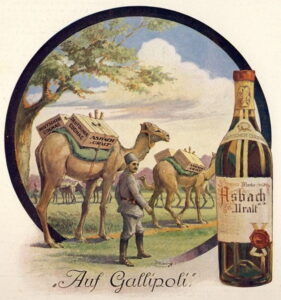

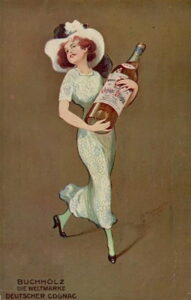
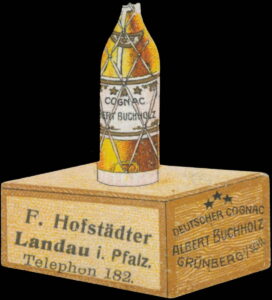
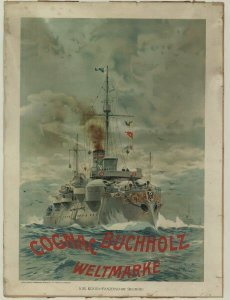

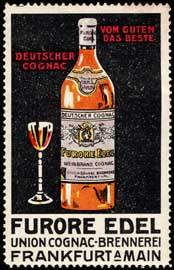
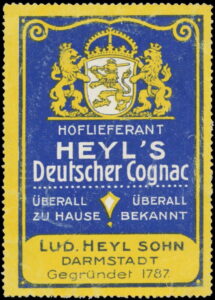

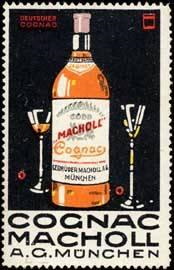


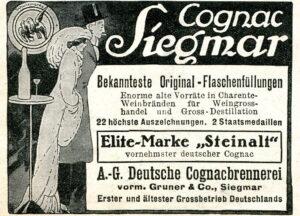

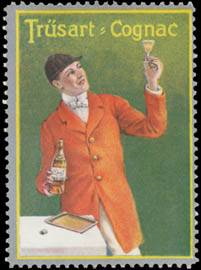


Comments
German Falsifications — No Comments
HTML tags allowed in your comment: <a href="" title=""> <abbr title=""> <acronym title=""> <b> <blockquote cite=""> <cite> <code> <del datetime=""> <em> <i> <q cite=""> <s> <strike> <strong>